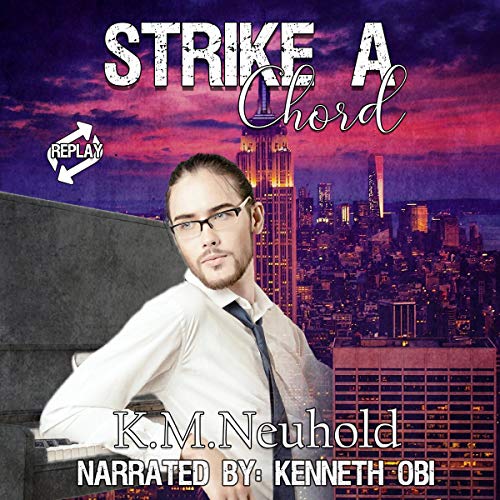
The Melody track is where you can write your own main melody by drawing on the grid or using your computer’s keyboard to play notes. If you want to pencil in your own drum patterns or edit the existing ones, you can just click on “Add Drums” and then “Edit By Hand” to do this. There aren’t as many patterns to choose from in the Drums track, but since we’re making dance music that’s OK (most house / EDM / techno has a “four on the floor” beat). You can choose from hundreds of chord progressions, bass rhythms, and a handful of dance-oriented drum patterns from Odesi’s library. Plotting bass parts, for instance, can be a challenge for both novice and intermediate producers just because there are myriad possibilities, and the really cool bit about Odesi is that it hands the most probable (and ear-friendly) ones to you, minimising guesswork while teaching you in the process. This is especially handy if you aren’t familiar with arranging drum parts and bass lines, because there are just so many different ways to go about programming them. Same with the Bass and Drums layers, you can choose from different popular patterns for both instruments.


You can also adjust the tempo or BPM of your project to suit the music you’d want to produce. You can choose a chord progression from Odesi’s list (there are currently 138) based on the musical key that you’re working in, which you can select at the top of the screen. A chord progression is made up of chords based on the chosen scale (eg I VI iv VII, which you’ll hear in my demo video).Most popular music follows a sequence of chords, known as a chord progression. Chords are two or more notes within a scale that are played together.Musical keys in the minor scale are popular in dance music, and many big room / mainstage tracks are made using this scale.
#ODESI AUDIO STRIKE PLUS#

There are four tracks by default, and you can add and remove as needed. This is all pretty standard stuff, but what sets Odesi apart from everything else out there right now can be found to the right of the screen: Here you’ve got the Chord, Melody, Bassline, and Drums tracks. Odesi looks like a DAW’s Midi editor: You start out with a blank grid in the middle of your screen, and you’ve got a piano keyboard to the left (seven octaves, which we’ll get to in a bit) and a set of drum sounds below it. Shown here is the projects screen that has all your Odesi files.

#ODESI AUDIO STRIKE PC#
In Use You can use Odesi either as a desktop app (currently Mac only, PC forthcoming), or even using just your browser.


 0 kommentar(er)
0 kommentar(er)
